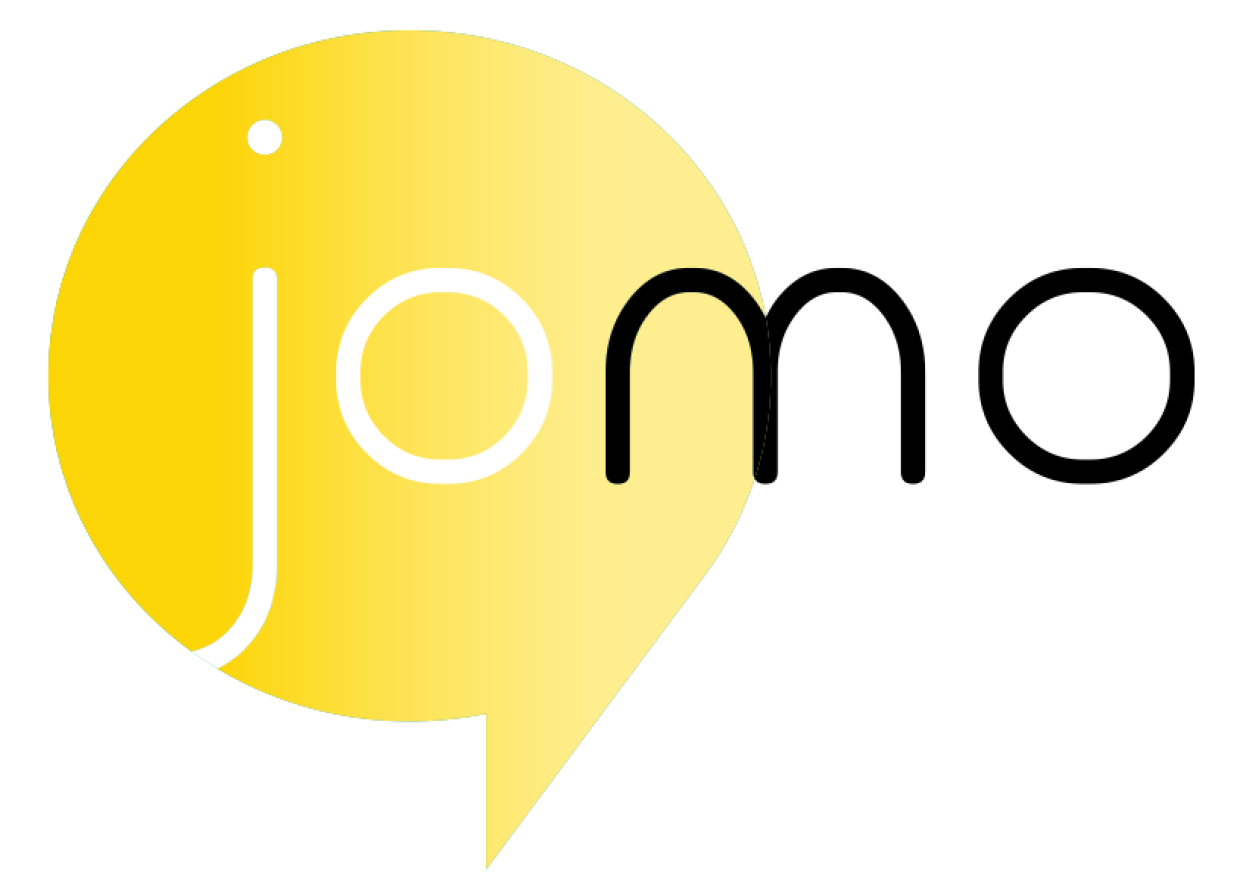Do any of these sound strangely familiar?
- You’ve got at least ten action points from reading your latest Glassdoor reviews
- Your careers site still doesn’t seem to be attracting the right people
- Really great candidates are taking way too long to accept your offer
- The perks you offer as part of your package aren’t being used by your team.
If they do, you *may* be making some big mistakes with your employee value proposition (EVP) .
But not to worry, there are a few things you can do to rectify this. Let’s look at what you may be projecting to the outside world by evaluating some potential gaps in your current EVP. But – and here’s the important part – you’ve got to jump on this quickly, especially with the news that more than half of UK firms are planning to hire new staff. Competition is going up again!
Don’t get me wrong, there are loads of articles out there telling you how to create and develop a great employee value proposition. They’re great, but there’s a lot of theory. Let’s be honest, theory isn’t always what you want when you’re already the busiest you’ve ever been.
The number 1 reason why recruitment teams make mistakes with their EVP.
It’s all about understanding what it really means. Just like your marketing team would create a customer value proposition (CVP) to attract potential customers, you’re creating a proposition – a promise, even – to potential quality hires.
So with this, comes the need for someone who:
– knows how to attract and service the right fit candidate
– understands what makes them tick, what they want from an employer to be productive and able to thrive
– gets how to package this all under the right brand positioning
I know what you’re thinking, these are all traits and abilities which traditionally sit under marketing.
But EVP sits under HR and Recruitment… and who within your team has all these skills?
Is this disconnect making EVP initiatives hard for your hiring efforts?
When I talk about EVP, I like to use this example to set the context. It’s based on Hubspot’s definition of looking at how your customer value proposition (CVP) vs your employee value proposition (EVP).
CVPs describe a solution to a customer’s problem. EVPs describe a reward for an employee’s talents.
CVPs explain why someone should buy from you. EVPs explain why someone should work with you.
CVPs are about you serving the customer. EVPs are about you and the employee serving each other.
Okay, so now we are on the same page of what an EVP actually is, you can see it’s not something that just one person can do effectively or you can just fire out in a week, and not give your real attention to.
Let’s look at some of the mistakes you may be making with the EVP programmes you’re running, and how to fix them.
Finding common EVP mistakes (and how to fix them).
1. Not having different EVPs for different candidate groups
Main takeaway:
The best employee value propositions evolve with your candidates.
Just like your sales team may pitch to small businesses in one way, and enterprise in another, you too need to think about the different propositions you need to offer to attract and retain talent.
Let’s say you are looking to hire contact centre staff. Try filling out a value proposition exercise for what you offer this type of candidate.
You start like this: What’s the value proposition for your organisation?
We help (X) to (Y) by doing (Z).
For instance, let’s apply it to Jomo People:
We help contact centres to grow by hiring quality talent through meaningful relationships.
What then would the equivalent be for your employees? Here’s one way you could write ours when looking to grow our internal team:
We help recruitment experts to become the best version of themselves by trusting them, supporting them, and giving them the tools they need to grow in and out of our business.
Tip: Identify three potential gaps you’ve got in your talent pool. List the proposition you offer to each. If they’re exactly the same or they’ve been created without talking to your candidates, maybe it’s time to rethink this approach.
2. Offering perks because your competitors are, without really understanding what your candidate wants
Main takeaway:
Don’t design your EVP around the things you provide candidates with, design it around what they want to become.
Perks are just short term fixes (sorry). Paying too much attention to them rather than experience as a whole is one common mistake you may be making with your EVP.
Just because competitor X is offering a subscription to Audible, for example, doesn’t mean that’s what your candidates and employees really truly value it. Just look at the reports out there into what each generation wants, and you’ll very quickly see that if you want to get millennials in, for example, your EVP needs to be guided around work/life balance, job design and a clear articulation of your values.
Your workforce planning and people development strategies will give you an idea into the various cohorts you have. Talk to them: design your proposition around not the things you provide them with but what they want to become.
Tip: If you do find yourself entertaining the idea of a perk or subscription to a service, but you’re not quite sure you’ve got all the data, don’t be afraid to ask the supplier to run a paid for pilot. It’s okay to think commercially and ask for flexibility.
3. Your careers site is attracting direct applications that are so off the mark
Main takeaway:
It’s not all about attraction; think about the barriers you’ve got.
Your careers site can’t be all things to all people; if it is, there’s no way it can be a credible candidate lead source. It needs to be positioned in a way that supports your employer brand, but also speaks to specific candidate groups you are hiring for.
Your careers site isn’t this single entity. It doesn’t exist in a vacuum; it has multiple pages and there are different ways someone can find it.
Think about the different touch-points a candidate may experience when searching for and applying for a role with you:
- They may follow your LinkedIn page; perhaps they are connected to a line manager.
- They may have seen someone speak at an online event and visited your site.
- Maybe they saw your logo on Indeed and did some investigating.
Let’s dig a little deeper. It’s not just about attracting role types, think about the barriers you’re potentially putting in place that may actually put off candidates. Barriers can be a really common mistake for any EVP.
For example: If you are working on your inclusion initiatives, do your existing employees from these groups have the chance to share their story about what it’s like to work for you? Look at it from a workflow perspective: are your requirements for securing an interview too stringent or difficult or unrealistic?
Tip: Sit down with representatives of the candidate groups you are looking to attract for their honest advice on what you’re putting out there. Customer insights top everything. (But you already knew that!)
Want to chat about the potential mistakes you’re making with your EVP? Feel free to contact us to learn more.


